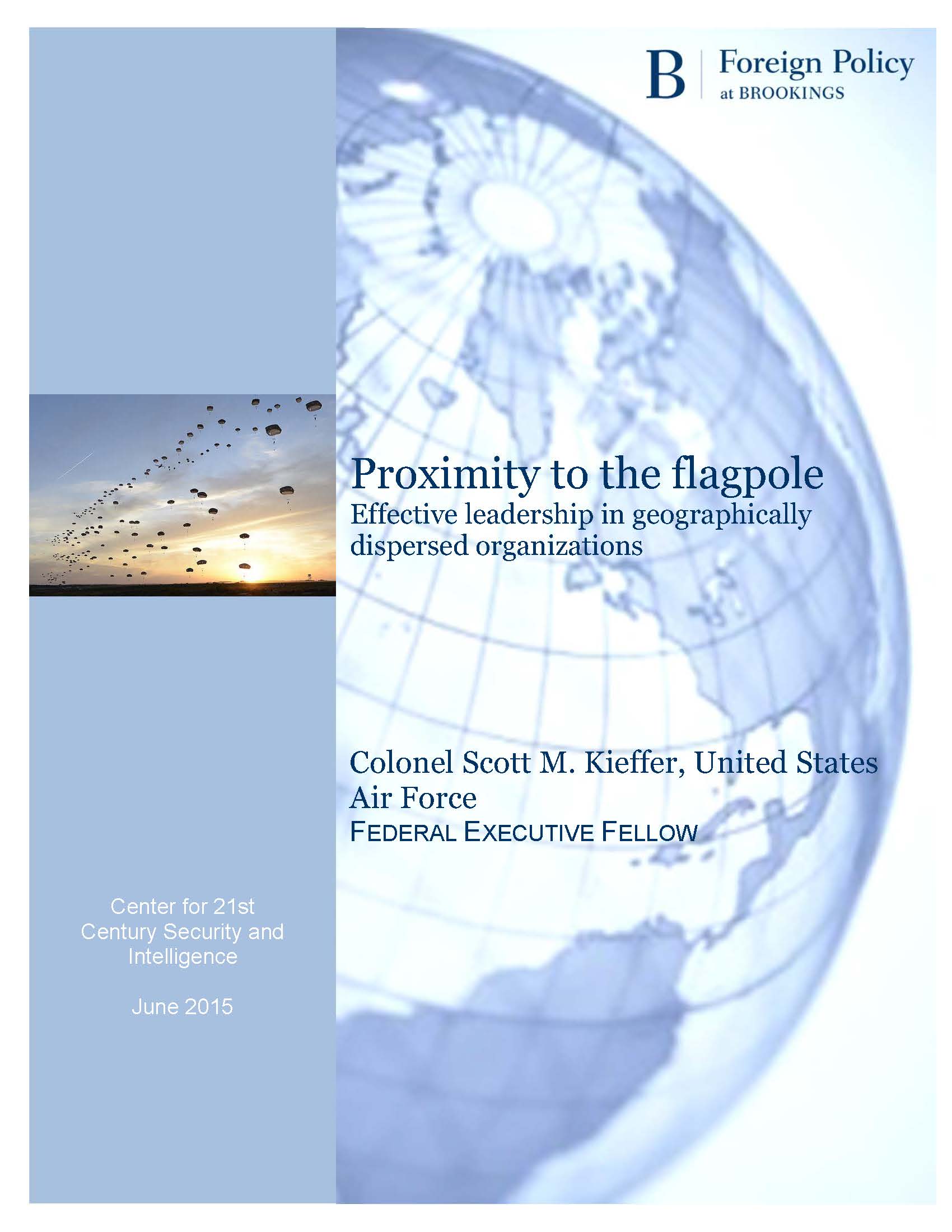 The workplace is changing rapidly, and more and more leaders in government and private industry are required to lead those who are geographically separated. Globalization, economic shifts from manufacturing to information, the need to be closer to customers, and improved technological capabilities have increased the geographic dispersion of many organizations. While these organizations offer many exciting opportunities, they also bring new leadership challenges that are amplified because of the separation between leaders and followers. Although much has been researched and written on leadership in general, relatively little has been focused on the unique leadership challenges and opportunities presented in geographically separated environments. Furthermore, most leaders are not given the right tools and training to overcome the challenges or take advantage of the opportunities when leading in these unique settings.
The workplace is changing rapidly, and more and more leaders in government and private industry are required to lead those who are geographically separated. Globalization, economic shifts from manufacturing to information, the need to be closer to customers, and improved technological capabilities have increased the geographic dispersion of many organizations. While these organizations offer many exciting opportunities, they also bring new leadership challenges that are amplified because of the separation between leaders and followers. Although much has been researched and written on leadership in general, relatively little has been focused on the unique leadership challenges and opportunities presented in geographically separated environments. Furthermore, most leaders are not given the right tools and training to overcome the challenges or take advantage of the opportunities when leading in these unique settings.
A survey of leaders within a geographically dispersed military organization confirmed there are distinct differences in how remote and local leaders operate, and most leadership tasks related to leading those who are remote are more difficult than with those who are co-located. The tasks most difficult for remote leaders are related to communicating, mentoring and building personal relationships, fostering teamwork and group identity, and measuring performance. To be effective, leaders must be aware of the challenges they face when leading from afar and be deliberate in their engagement.
Although there are unique leadership challenges in geographically dispersed environments, most current leadership literature and training is developed on work in face-to-face settings. Leading geographically dispersed organizations is not a new concept, but technological advances over the last decade have provided leaders with greater ability to be more influential and involved with distant teams than ever before. This advancement has given leaders not only the opportunity to be successful in a moment of time but ensures continued success by enhancing the way they build dispersed organizations and grow future leaders from afar.



